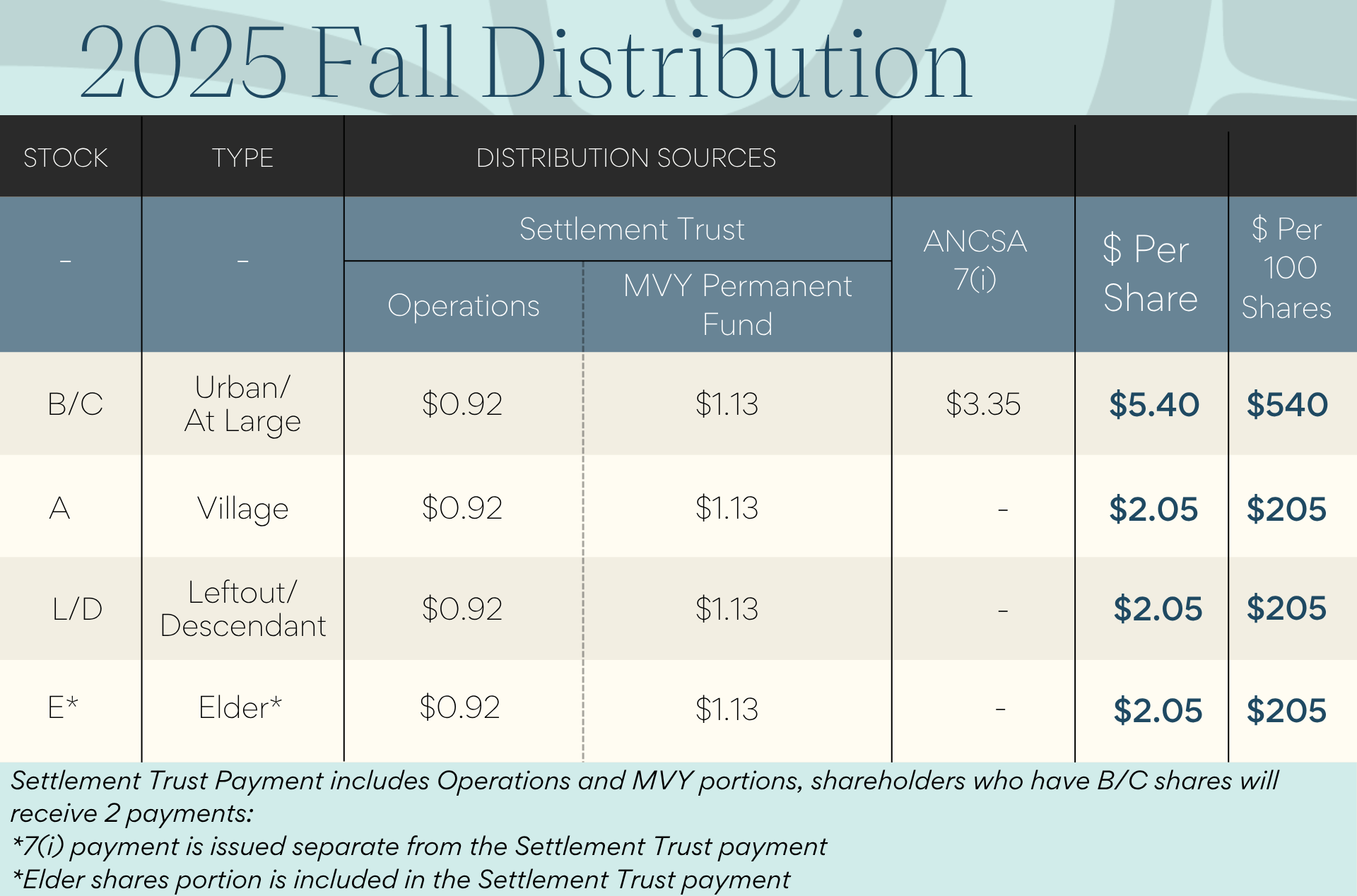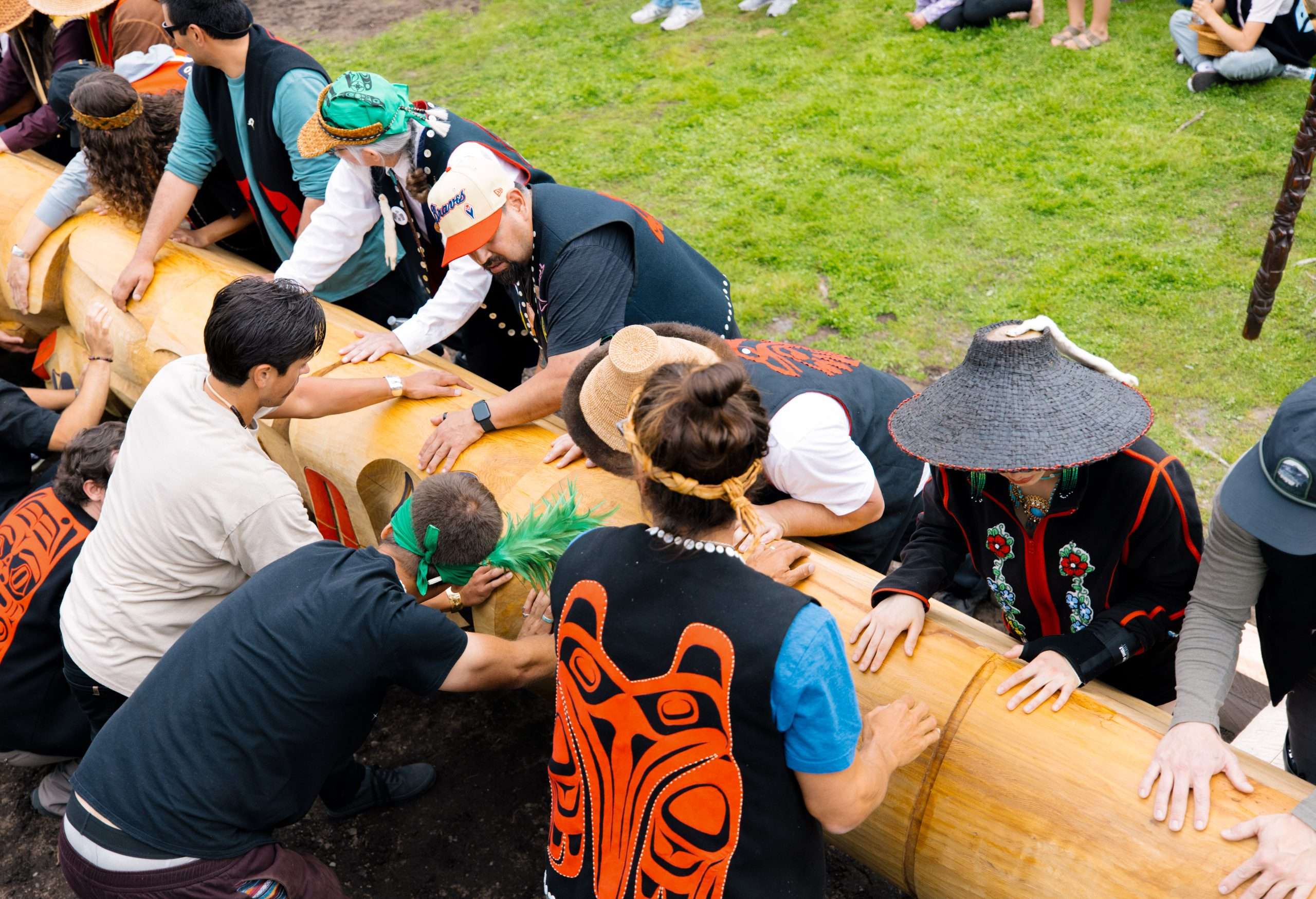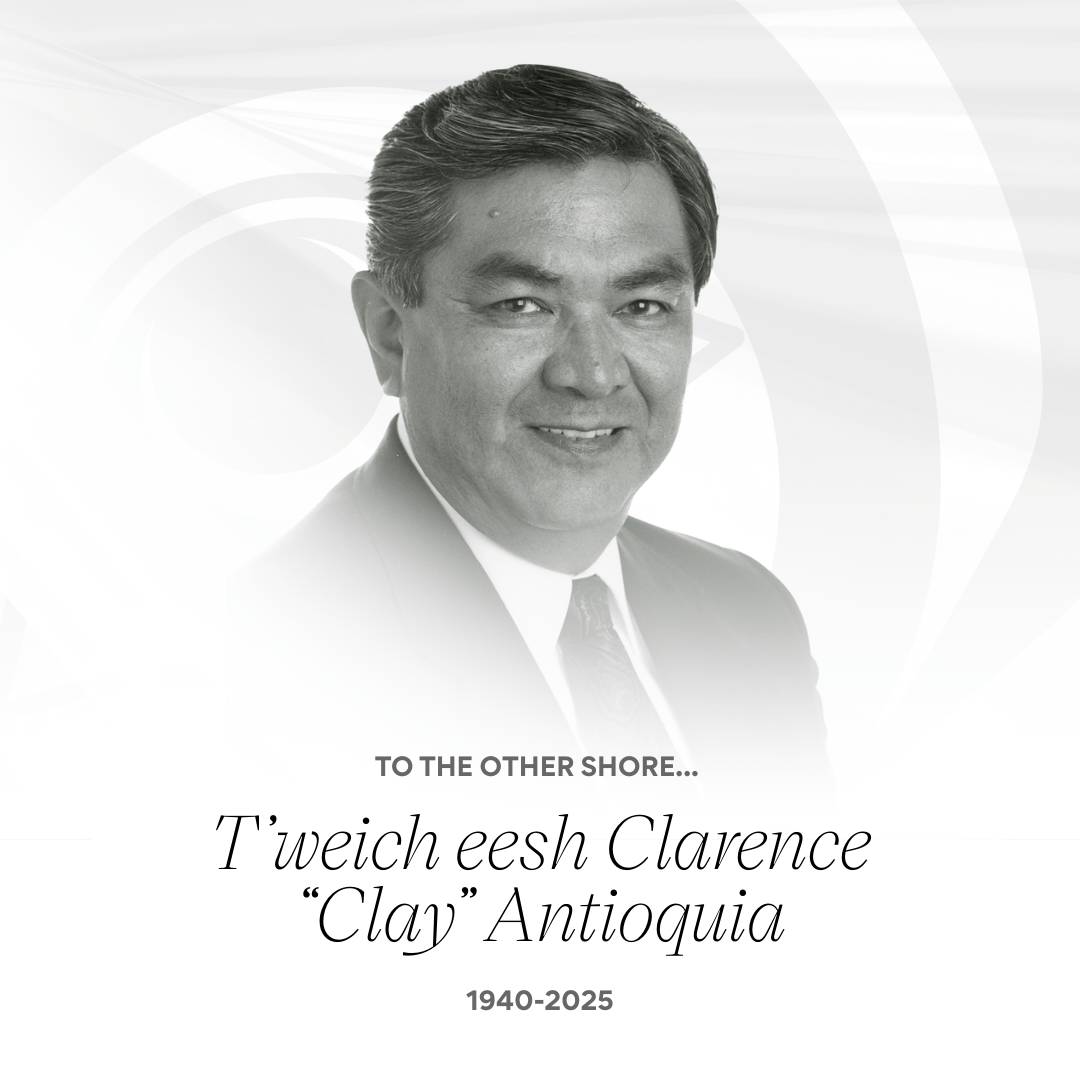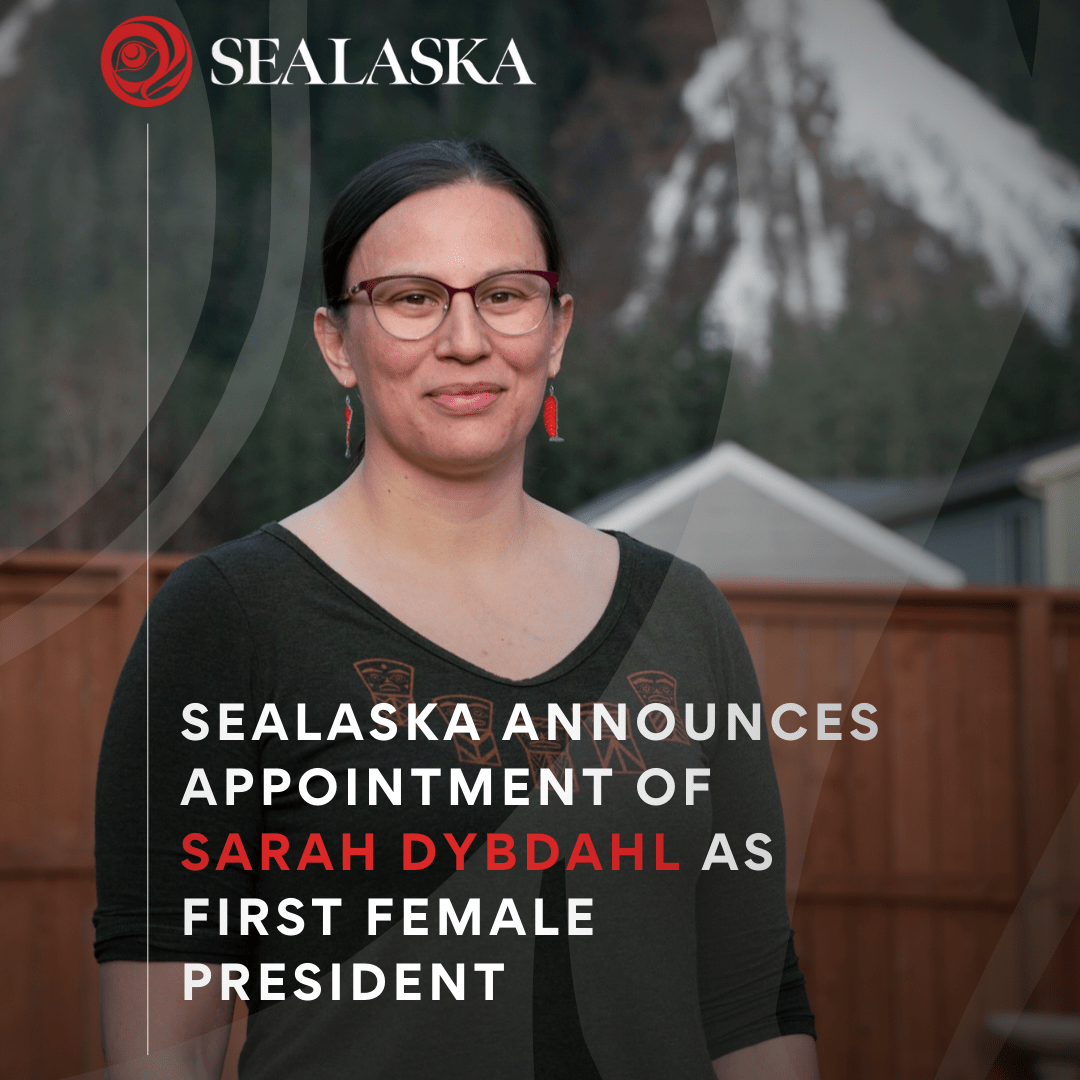Ocean Health: What Does it Mean to Sealaska Businesses?
Monday, October 25, 2021

Five years ago, when Sealaska began to embrace the idea of businesses revolving around ocean health, the concept was just an aspiration, COO Terry Downes said at this year’s annual meeting. It was an idea inspired by Sealaska’s owners, rooted in the collective wisdom, heritage and knowledge of thousands of people, cultivated over thousands of years in Southeast Alaska.
Sealaska’s deep connection to Southeast Alaska and to indigenous wisdom informs its choices as a business to strive for balance and well-being in its operations and on behalf of its shareholders. Investing in healthy oceans and clean water is directly connected to reversing climate change and supporting humanity’s ability to support itself in a way that’s sustainable, Downes said.
“The world is starting to wake up and take climate change seriously,” he said. “To us, this is a call to action.”
That call has helped Sealaska direct its ocean-health idea into two key lines of business: seafood and global water science.
Eating sustainable wild seafood: One of the best things we can do for our oceans
Inspiring people to eat more wild fish is an essential component of reversing climate change, Downes said. Wild seafood has one-fiftieth the carbon footprint of beef. It has far fewer carbon emissions and requires far less fresh water per pound of product produced. Maybe most importantly, the seafood industry isn’t a contributor to deforestation.
Still, seafood has a big challenge. Even though people know it’s good for them – and many know it’s also healthy for the planet – only one-fifth of people in North America and Northern Europe eat it regularly. Maybe they’ve had a bad experience, or they aren’t confident about how to prepare it in a way that makes it enjoyable to eat. Overcoming these barriers is an opportunity.
So Sealaska’s mission, as a company focused on ocean health, is to close that gap. We want to get people more comfortable with eating seafood and to leave them feeling good about doing it.
The company has learned while figuring out how best to do this, Downes said.
“It’s gone well, and we’ve had a great few years,” he said. “And we’re really refining our thinking.”
That means building a seafood business that’s deeply focused on consumers and crafting strong brands – identities that consumers can connect with emotionally. In the same way people count on Godiva to sell them delicious, high-quality chocolate, with a trusted seafood brand, consumers can know they’re buying a product that comes from healthy fisheries, makes the most of every fish, localizes supply chains and minimizes use of plastics.
New England Seafood is especially good at this and is leading Sealaska’s approach to seafood. We will see more of this brand-led, consumer-driven approach in the years ahead, Downes added.
Improving the health of our water systems
Our oceans are warming, and they’re full of plastic and other pollution. Agriculture, population growth and pollutants are also pressuring our land-based fresh water, especially in the Western U.S. According to the U.S. Department of Agriculture, 42% of our country’s water goes to agriculture. Agriculture consumes 80% of the fresh water in California.
These issues connect directly to Sealaska’s seafood mission, because when we eat wild seafood we aren’t relying on land-based agriculture and fresh water for the protein. The issues are bigger than seafood, though. Even if we’re successful in growing seafood consumption, the world’s aging carbon infrastructure requires a lot of clean-up. And much work is ahead to figure out and implement clean-energy solutions, such as offshore wind power.
That’s what our global water science business is all about: Applying science to come up with and implement solutions.
Wind power is one of those. The U.S. is investing hundreds of billions of dollars in building wind power generation on both coasts, and we’re involved in that work. Building in the ocean is challenging and requires special expertise, which Sealaska has been carefully building.
Gregg Marine can put rigs into the ocean and drill into the Earth’s crust 4,000 meters below the surface. This is important to understanding the geology of the ocean floor, where anchors for wind farms must be placed. Downes said we hope to have two rigs working through the whole monitoring season, from March through September, in 2022.
Our growing science expertise enables us to understand and monitor other important elements of working in oceans, from climate to currents. CS Marine gives Sealaska the ability to do wide variety of marine-construction work.
Our groundwater business is also about understanding geology, in this case under the surface of the land. Our teams can monitor groundwater systems, identify pollutants and craft mitigation plans. Gregg Drilling’s capabilities include injection technology that can reverse environmental damage underground.
Growing the business, helping our communities
These businesses will increasingly dominate our portfolio in the coming years, Downes said. Sealaska will continue to refine and focus its businesses, deepening involvement in consumer-focused seafood and global water-science capabilities.
At the annual meeting, CEO Anthony Mallott pointed out that these businesses are helping our shareholders and communities in several ways.
Sealaska’s strong financial results – which he noted are not easy to create – spring from the hard work and dedication of 2,000 people who are choosing to be at the company because Sealaska’s management, mission and priorities inspire them, Mallott said. Those financial results fund growth in dividends and programs that reflect shareholder priorities. Shareholder benefits hit an all-time high in 2020. Sealaska’s scholarship endowment has more than doubled from three years ago and now sits at $20 million, he pointed out, and its existence means that future generations of students will still be benefiting from the education the endowment makes possible.
The company’s business expertise is directly benefitting communities, Mallott noted. Sealaska’s chief scientist is working with an entity in Sitka to stand up enhanced, STEAM-based education. Our ocean health businesses are supporting fisheries management in Southeast Alaska where we are working together on policy issues to help support our traditional ways of life, as subsistence has always been a priority focus area for our shareholders. And CS Marine is working with our internal workforce-development team to advance careers in the marine field, starting with the marine observer program.
“Our businesses are working side-by-side with our communities and shareholders,” Mallott said.














